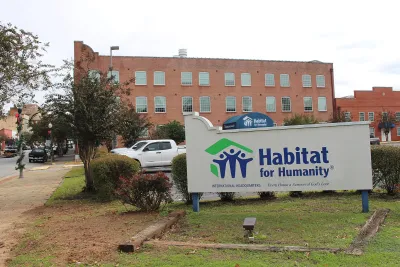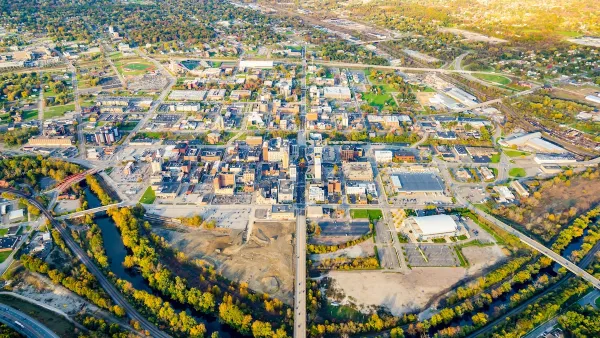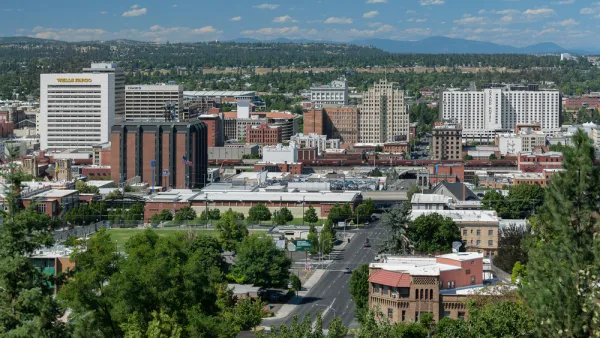Habitat for Humanity is working with 3D-printers to reduce the costs of construction and provide more housing for families in need.

Habitat for Humanity is enlisting the help of 3D-printing companies to fight the growing housing crisis and build more homes faster and more affordably. As Claretta Bellamy reports, high costs and material shortages have led developers, including Habitat for Humanity, to look for innovative solutions for producing low-cost housing to meet growing demand.
According to the article, a 3D-printed home built from concrete can save up to 15 percent on construction costs while still providing a "safe, affordable place to live" and the opportunity to own a home for low-income families.
"Using 3D printing to build homes provides numerous benefits, including a decrease in construction time due to the machine’s efficiency," Bellamy writes. According to Kirk Andersen of 3D-printing company SQ4D, the minimal need for on-site supervision also prevents injuries and saves builders money. And while traditional homebuilding takes six to 12 months, a 3D-printed home takes under six months to erect.
Housing advocates like Jeff Olivet, co-founder of Racial Equity Partners, say that in addition to programs like Habitat for Humanity, fighting decades of exclusionary housing policies and fixing the deeply entrenched affordability crisis will require "a national collective effort that also involves fixing housing policies and expanding services."
FULL STORY: How 3D printing can be the solution to the nation’s affordable housing crisis

National Parks Layoffs Will Cause Communities to Lose Billions
Thousands of essential park workers were laid off this week, just before the busy spring break season.

Retro-silient?: America’s First “Eco-burb,” The Woodlands Turns 50
A master-planned community north of Houston offers lessons on green infrastructure and resilient design, but falls short of its founder’s lofty affordability and walkability goals.

Delivering for America Plan Will Downgrade Mail Service in at Least 49.5 Percent of Zip Codes
Republican and Democrat lawmakers criticize the plan for its disproportionate negative impact on rural communities.

Test News Post 1
This is a summary

Test News Headline 46
Test for the image on the front page.

Balancing Bombs and Butterflies: How the National Guard Protects a Rare Species
The National Guard at Fort Indiantown Gap uses GIS technology and land management strategies to balance military training with conservation efforts, ensuring the survival of the rare eastern regal fritillary butterfly.
Urban Design for Planners 1: Software Tools
This six-course series explores essential urban design concepts using open source software and equips planners with the tools they need to participate fully in the urban design process.
Planning for Universal Design
Learn the tools for implementing Universal Design in planning regulations.
EMC Planning Group, Inc.
Planetizen
Planetizen
Mpact (formerly Rail~Volution)
Great Falls Development Authority, Inc.
HUDs Office of Policy Development and Research
NYU Wagner Graduate School of Public Service




























